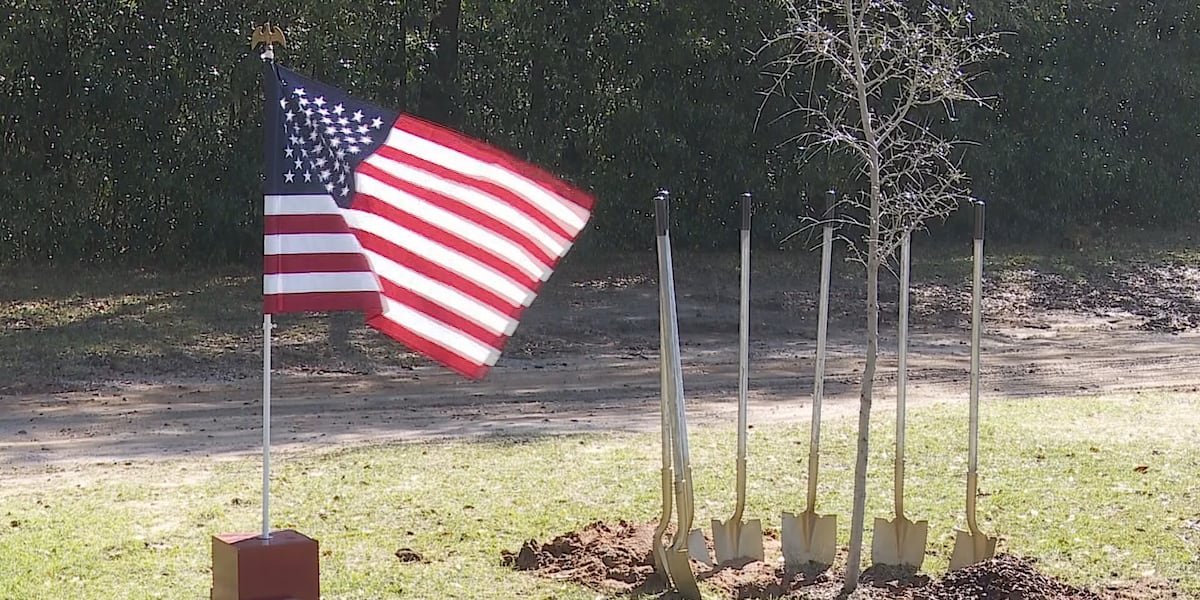Roots of Community: Dothan Honors Nature's Guardians in Vibrant Arbor Day Fest

Green Dreams Taking Root: Arbor Day Inspires City's Landscaping Vision
The landscaping division is buzzing with excitement as they prepare to breathe new life into our urban landscape. These upcoming projects embody the true spirit of Arbor Day, transforming concrete spaces into vibrant, green sanctuaries that celebrate the beauty and importance of trees.
From neighborhood park revitalizations to strategic tree-planting initiatives, the city's landscapers are committed to creating a greener, more sustainable environment. Each carefully selected tree represents hope, growth, and a promise to future generations – a living testament to the power of environmental stewardship.
These projects aren't just about planting trees; they're about cultivating community connections, improving air quality, and enhancing the natural beauty of our urban spaces. As the first saplings take root, residents can look forward to a more lush, inviting cityscape that honors the timeless tradition of Arbor Day.
